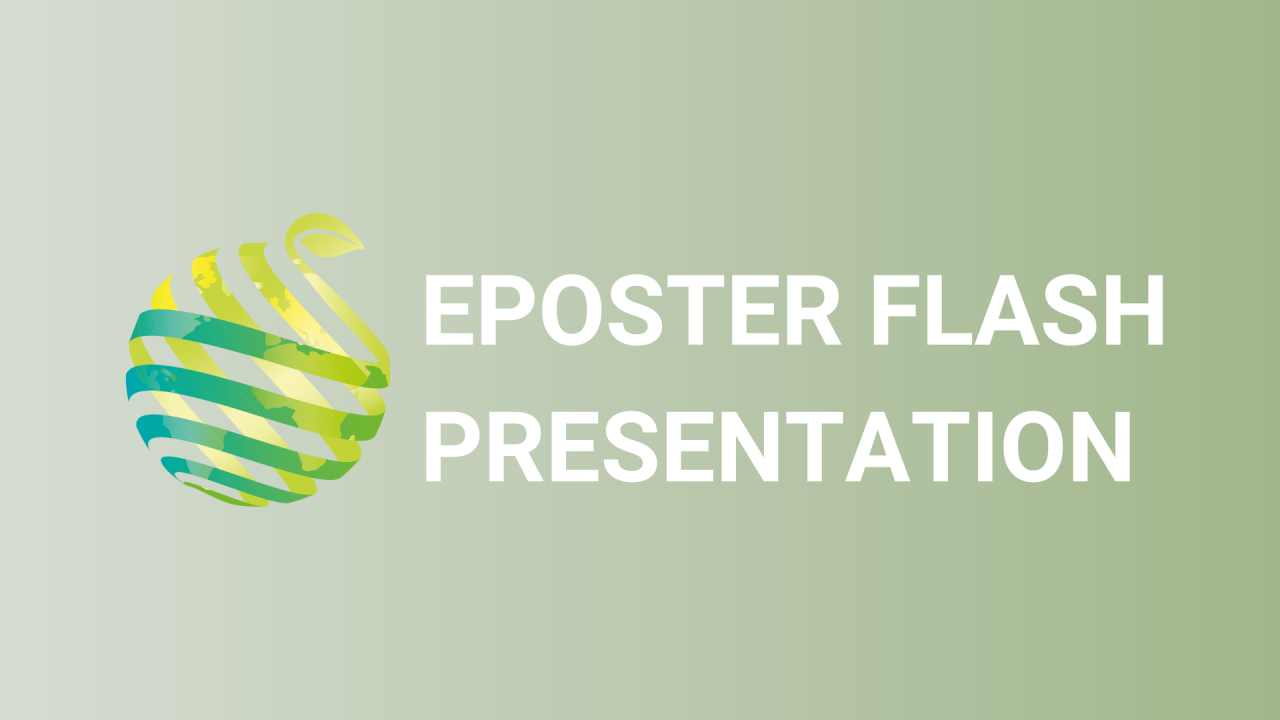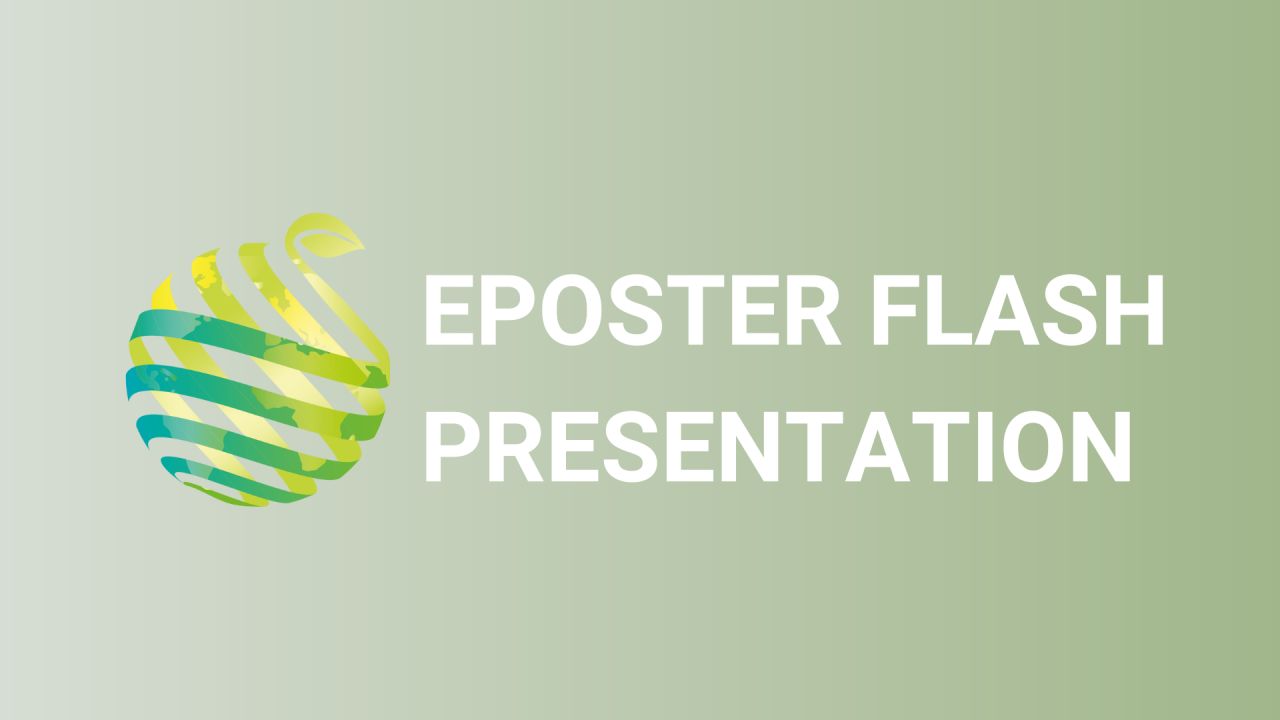

S14 - Session P2 - The efficacy of Moringa leaf extracts as potential bio-fungicides against fusarium dry rot of potato
Information
Authors: Carren Mncube *, Isa Bertling , Kwasi Yobo
Potato ( Solanum tuberosum L. is an economically important crop in South Africa; it is also one of the most-consumed starch crops worldwide. Potato production is, however, limited by fusarium dry rot, a potato disease caused by different Fusarium spp . Controlling these fungi has been problematic for the past decades, due to the resistance developed by Fusarium spp. to the available fungicides. This study was carried out to investigate the antifungal efficacy of moringa leaf extracts (MLEs). Either acetone, ethyl acetate, methanol, or water extracts, with the organic solvents used at three concentrations (30%, 50%, 80%), were tested in their ability to inhibit fusarium dry rot development in potato. Moringa leaf extracts were used curatively by pre-infecting tubers of two potato cultivars ('Mondial' and 'Valor') with the pathogen, Fusarium oxysporum , and, thereafter, treating tubers with the various MLEs. Further, a preventive study was carried out by pre-treating potato tubers with MLEs, before inoculation with the fungus. Generally, MLEs were found to be more effective as a preventive measure, as acetone-MLE (A-MLE) and methanolic-MLE (M-MLE) were able to prevent disease development, while water-MLE was able to delay disease development by at least one week in comparison with the control using the preventive method. The various MLEs were found to be less effective when used as a curative method. Tubers treated with A-MLE had the smallest average lesion diameter (3.67 mm and 3.44 mm for 'Valor' and 'Mondial', respectively). Ethyl acetate-MLE (EA-MLE) was rendered ineffective in controlling fusarium dry rot in both cultivars. Further, tubers treated with EA-MLE were prone to secondary infection by bacterial soft rot. The ability of MLE to delay and slow disease development is an indication of its antifungal potential. Once further research has been carried out, MLEs could be used in organic farming, where they could reduce reliance on synthetic fungicides, chemical pollution, and, subsequently, contribute to a greener environment.